Lots of ST Elevation, and QS wave in V2
Dr. Smith's ECG Blog
APRIL 24, 2023
Presented to the emergency department with hyperglycemia, hypertension, general body aches, and concern that skin is dry and peeling. Differential diagnoses include hyperglycemia, DKA, and ACS. The patient denies chest pain or SOB First EKG Old EKG 1 year prior EKG 2 at 1.


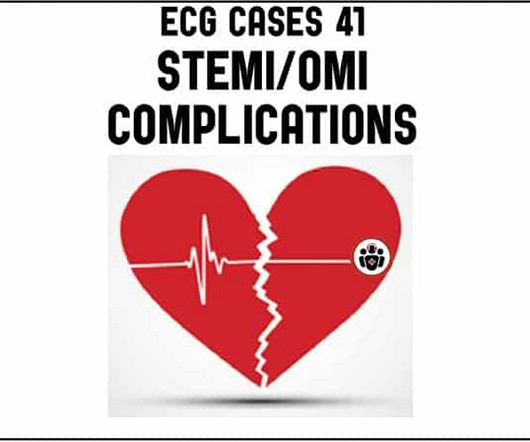
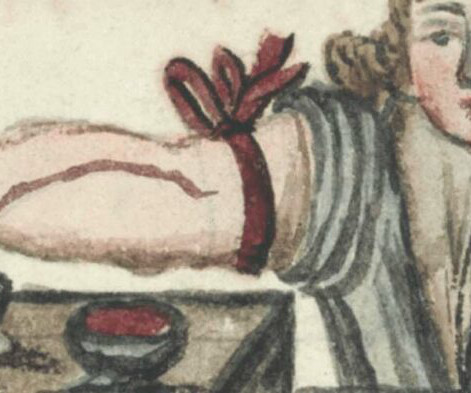
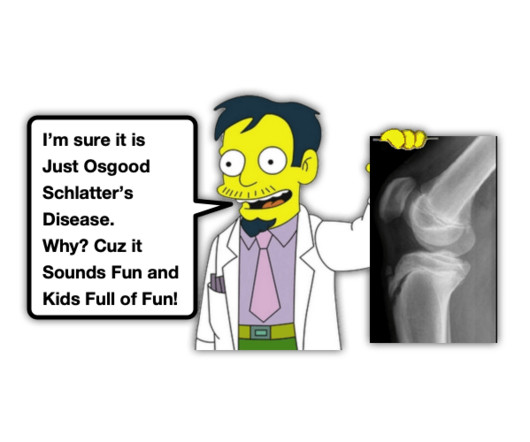



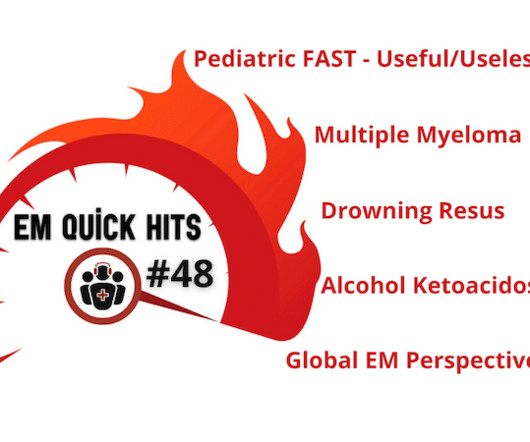

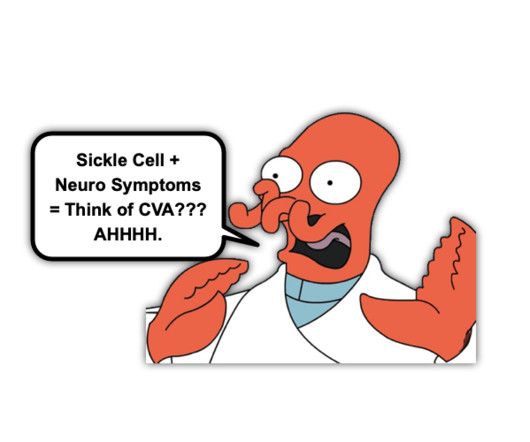
















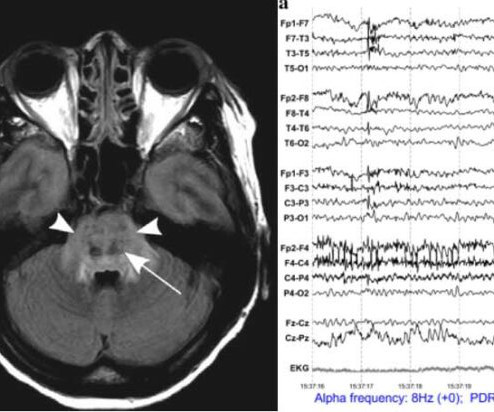




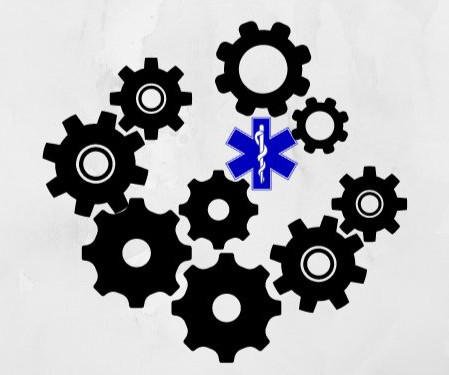











Let's personalize your content